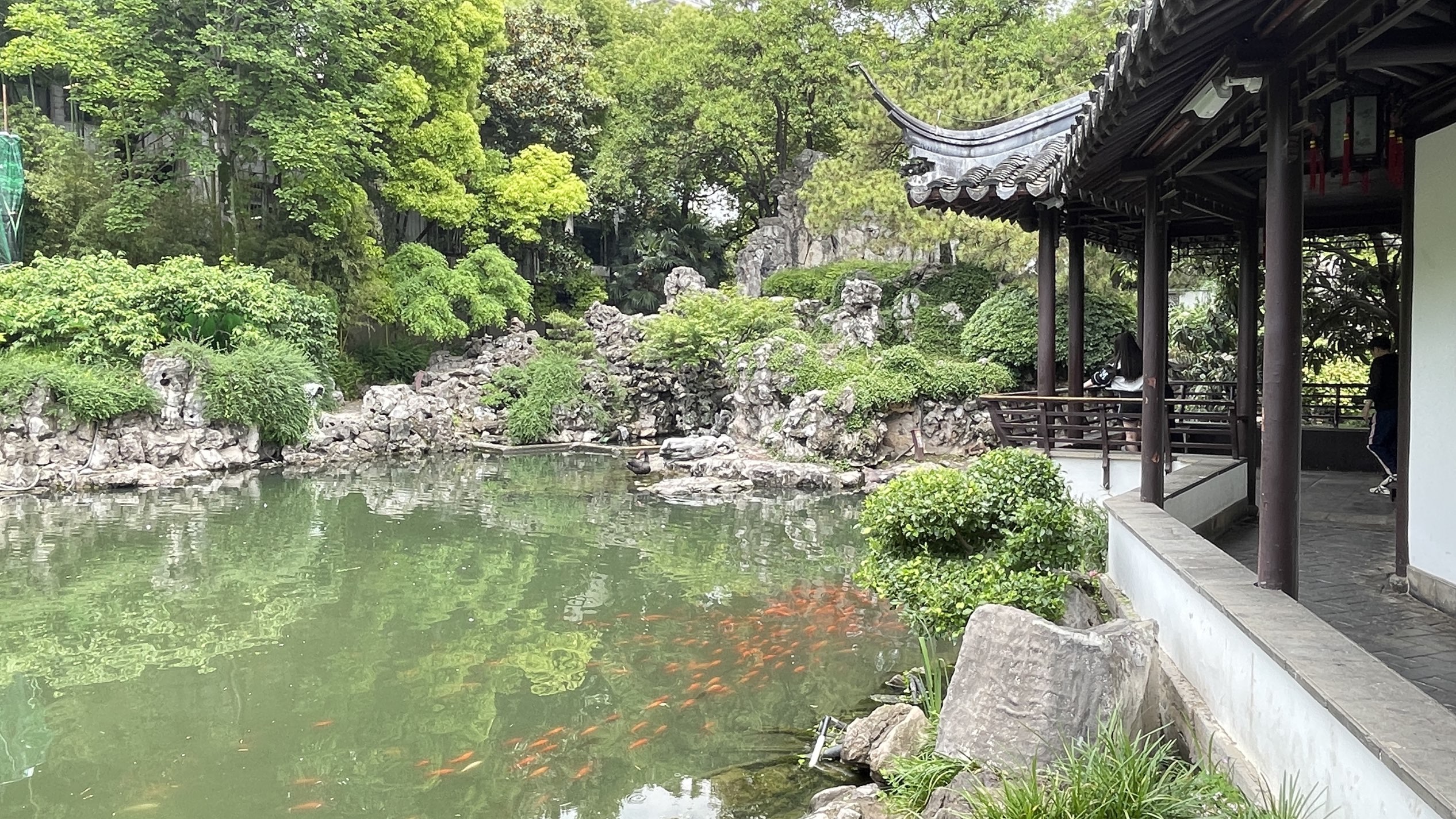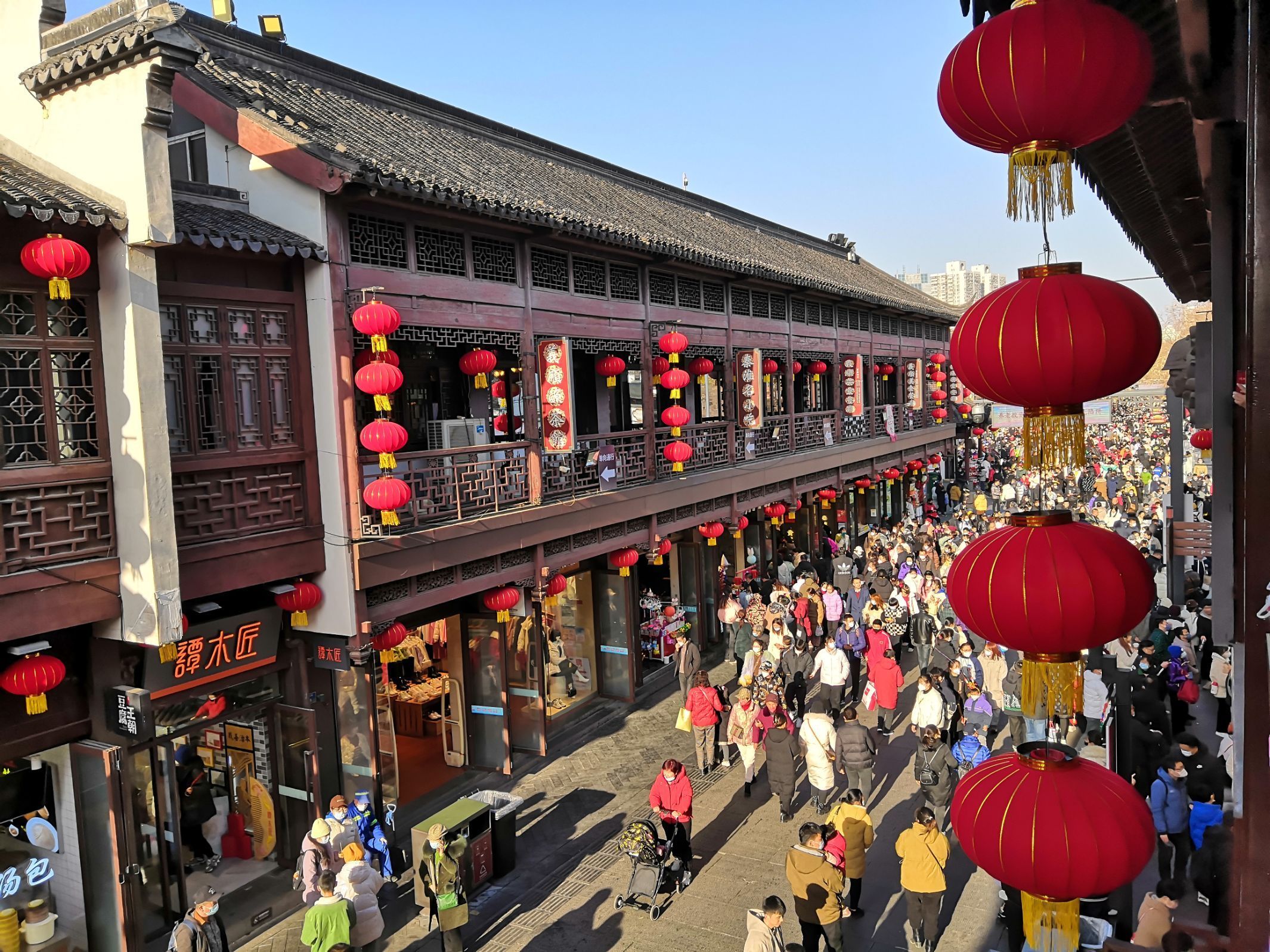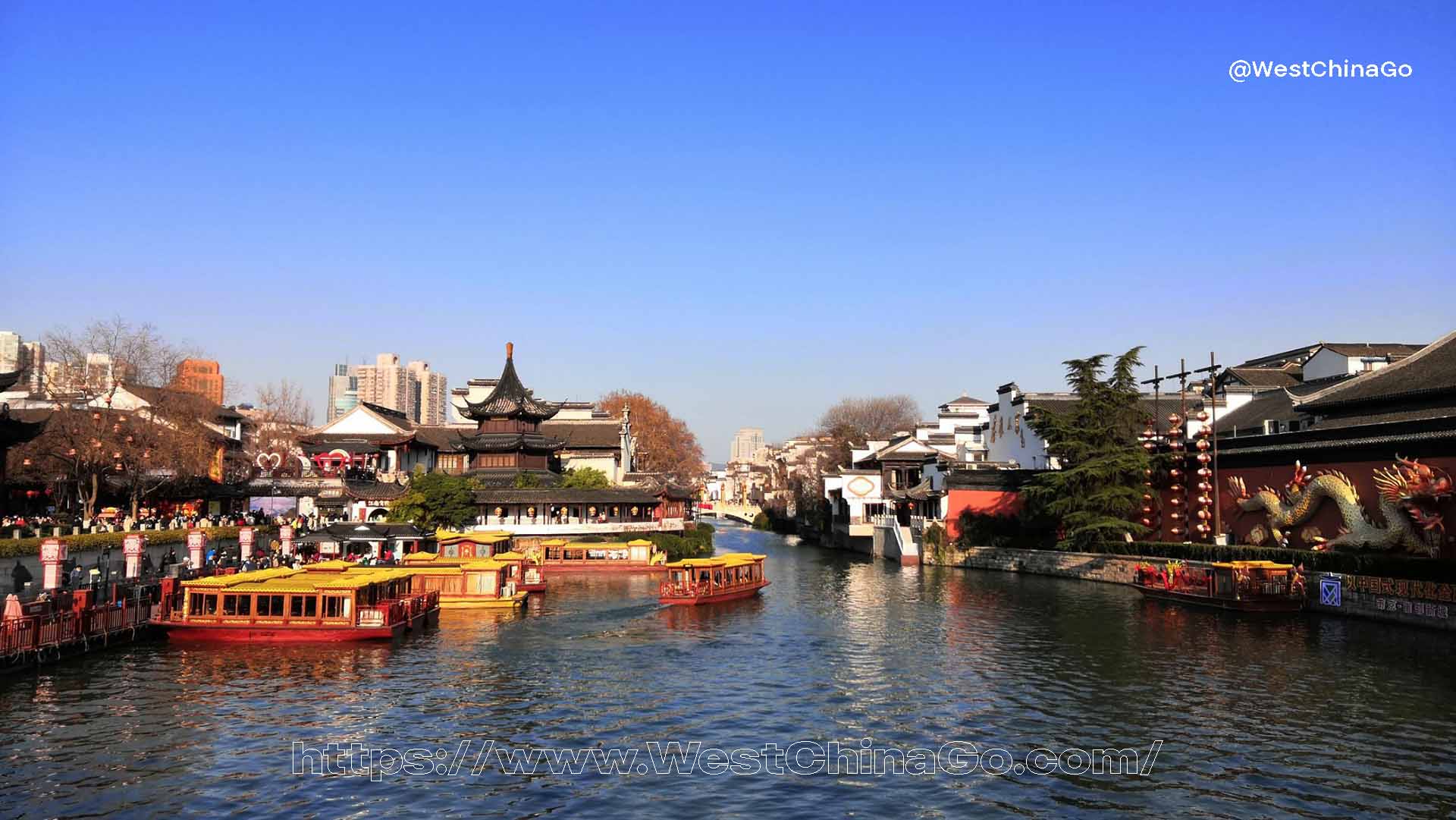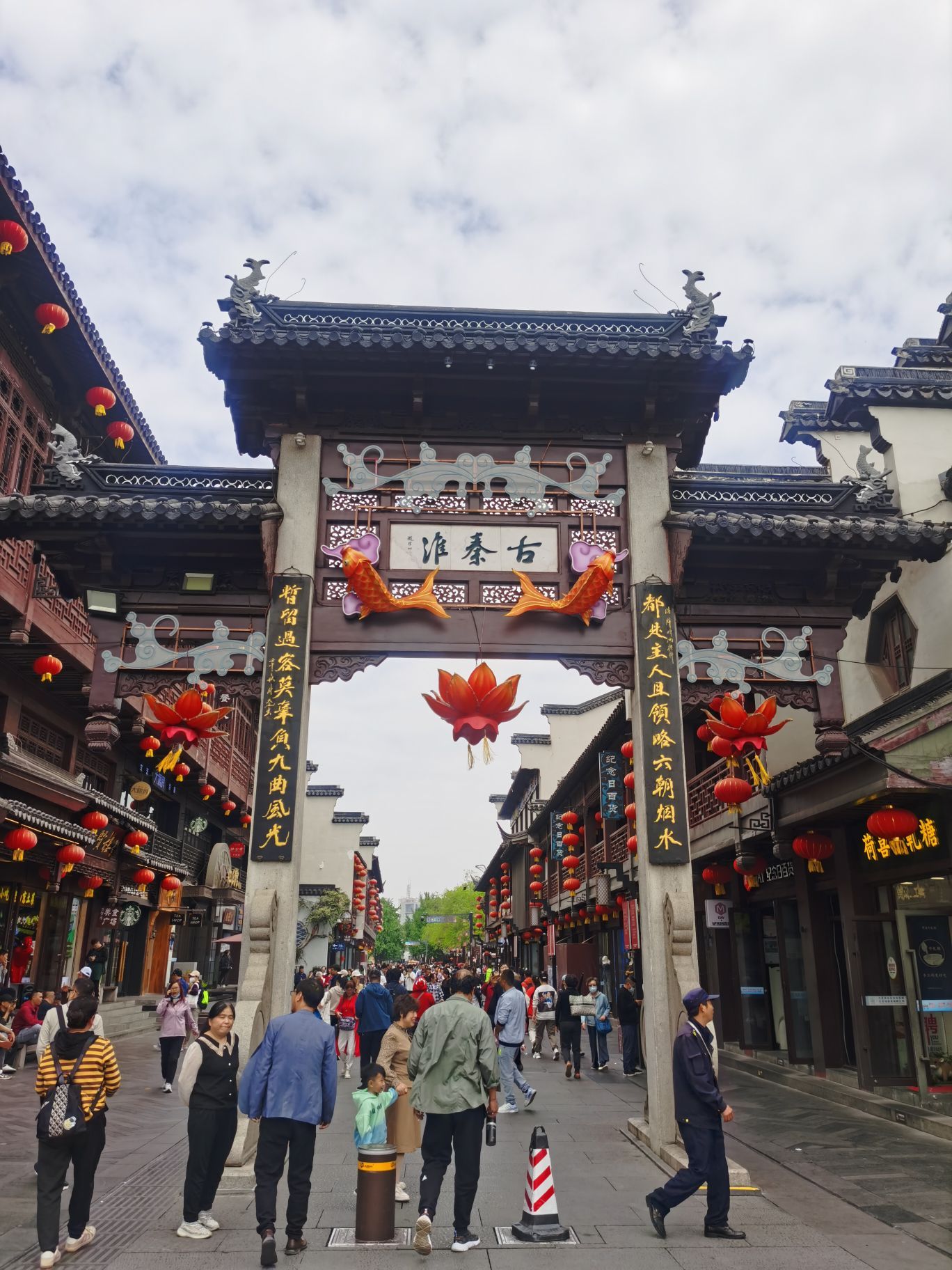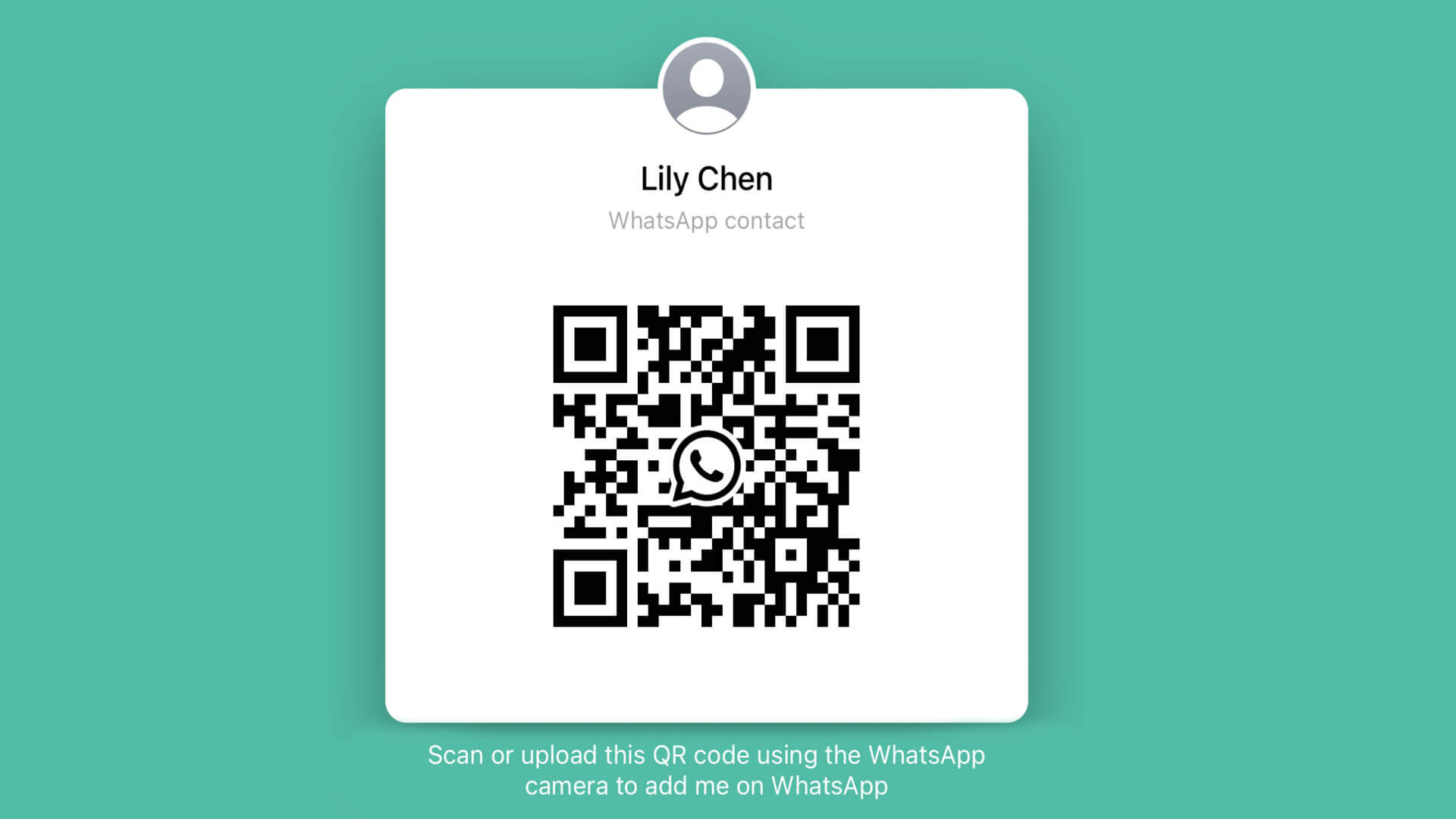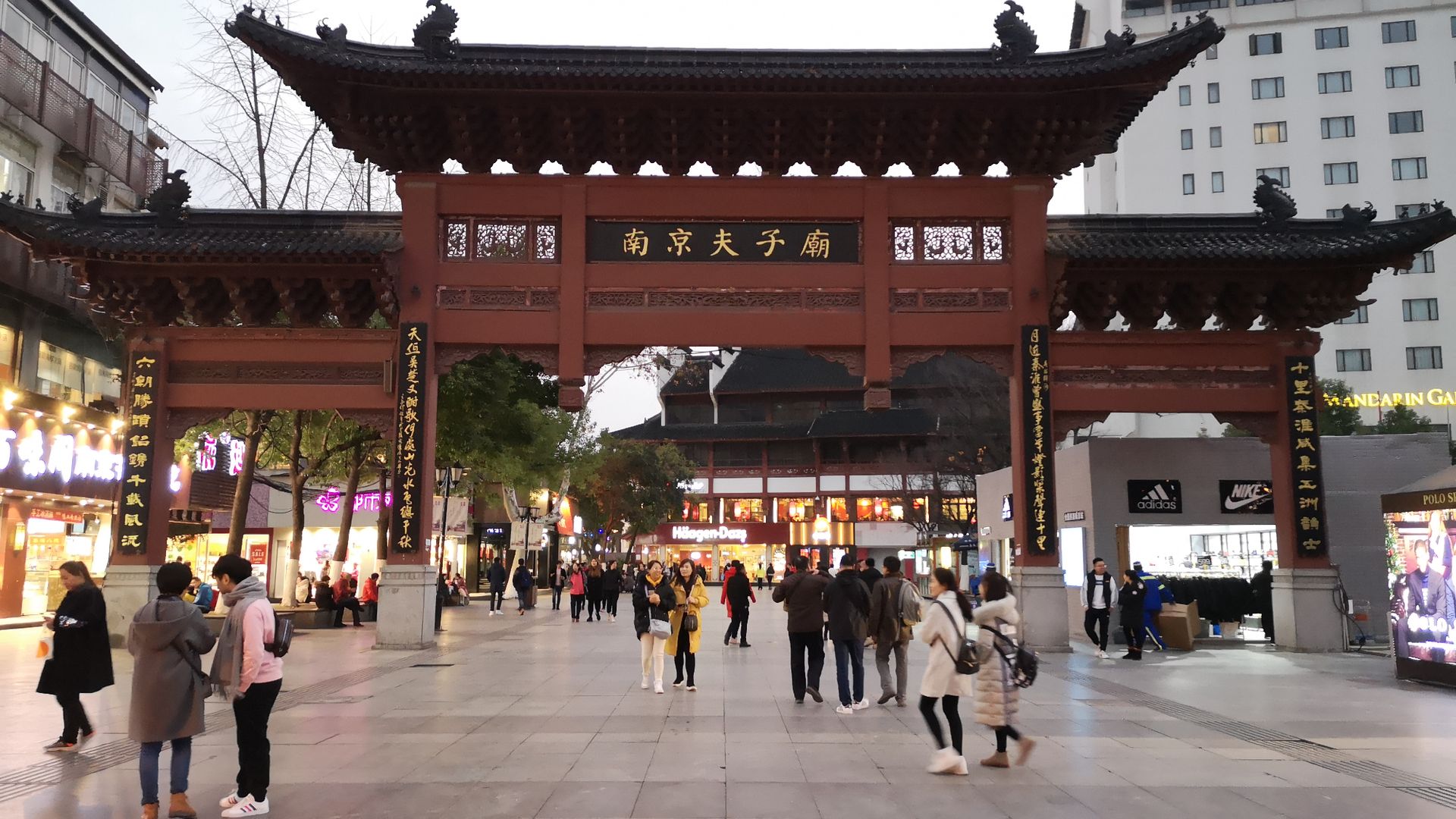
The Confucius Temple
- Chinese Name: 夫子庙
- Add:Qinhuai River Scenic Area, Qinhuai District, Nanjing 南京市秦淮区秦淮河风景区
- Opening Time: 09:00-22:00
- Tickets: CNY
- Tel: (+0086)
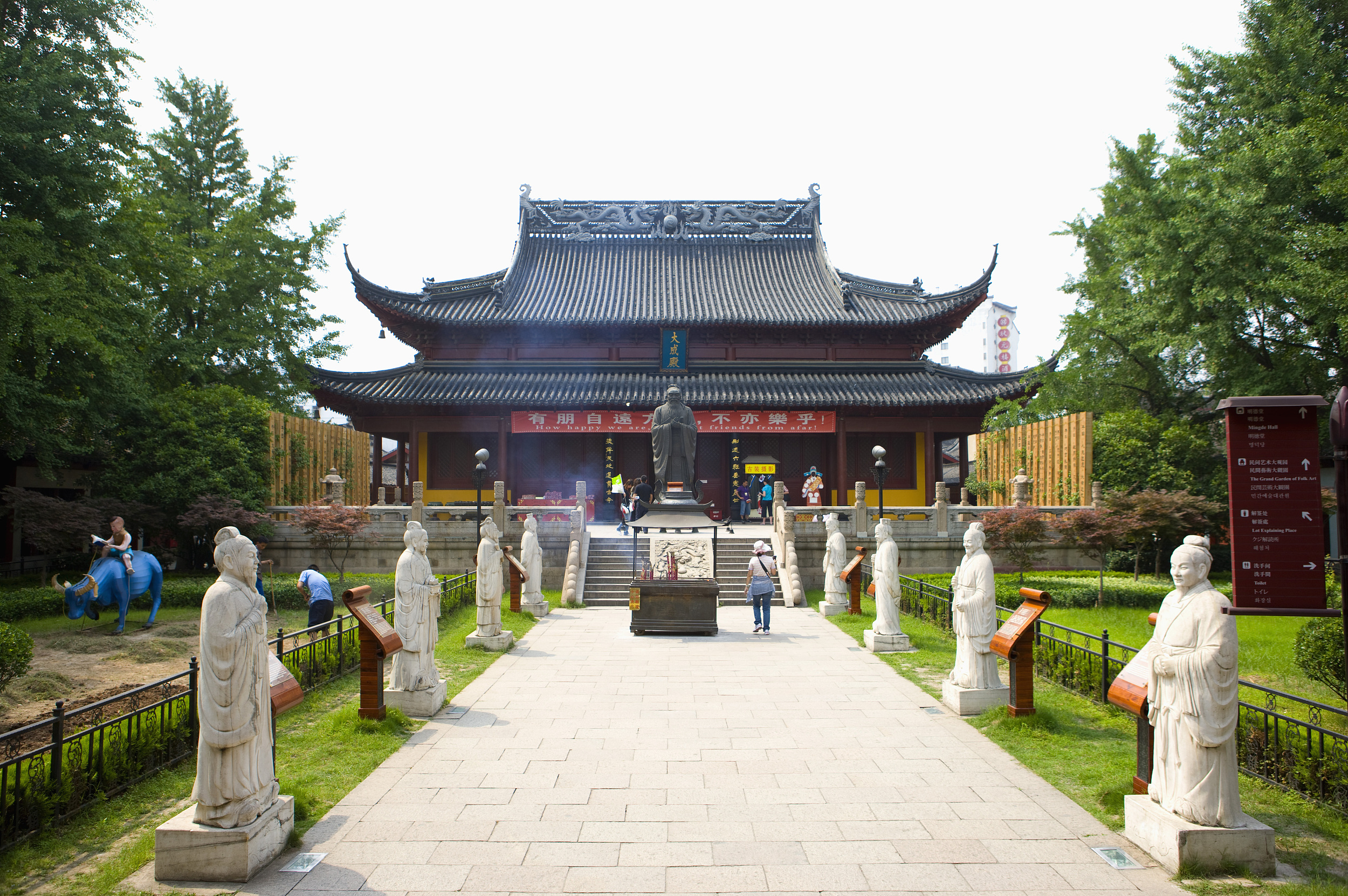
The Confucius Temple
The Confucius Temple was first built in the Song Dynasty. It is located next to Gongyuan Street on the north bank of the Qinhuai River. It was originally a place to worship Confucius, but it was destroyed and rebuilt many times. Together with Beijing Confucian Temple, Qufu Confucian Temple, and Jilin Confucian Temple, it is known as the four major Confucian temples in China, and it is also the main scenic spot in the Qinhuai River scenery belt of Confucius Temple.
Grand View Garden of Folk Art
There is a Folk Art Grand View Garden in the Confucius Temple, where you can watch handicrafts such as lanterns, paper-cutting, and miniature carvings, and listen to local operas and Nanjing Baiju. When entering the Confucius Temple, you can pay attention to the performance schedule. The performance lasts about 10 minutes.
Chinese New Year Lantern Festival
Every year from the Spring Festival to the Lantern Festival, the Confucius Temple will hold the Spring Festival Lantern Festival (also known as the Qinhuai Lantern Festival, Jinling Lantern Festival). In addition, the Confucius Temple also holds exhibitions and performances such as “Rain Flower Stone Exhibition”, “Ancient Etiquette Culture Exhibition”, and “Ancient Gagaku Performance” from time to time, which is very lively.
Architectural layout of Confucius Temple
The Confucian Temple complex is in front of the Confucian Temple, and behind it is the Academy Palace. The layout is symmetrical from left to right, forming a central axis of Confucianism culture from south to north. After passing Lingxing Gate and Dacheng Gate, you will find the Central Temple. The stone corridor leads directly to the Dacheng Hall. In front of the hall stands a bronze statue of Confucius more than 4 meters high. On both sides of the corridor are white marble statues of twelve sages.
Dacheng Hall
Dacheng Hall is the main hall of the Confucius Temple, in which hangs a 6-meter-high portrait of Confucius, known as a masterpiece of Chinese Confucius Temple. On the four walls of the main hall are 38 colored stone mosaic murals “Confucius’s Sacred Sites”, which reflect the life and deeds of Confucius.
Grand View Garden of Folk Art
From the back door of Dacheng Hall, you will arrive at the Academy, including Mingde Hall, Zunjing Pavilion (that is, the Grand View Garden of Folk Art), etc. On the gate, there is a plaque of “the first school in the southeast” inscribed by Qin Dashi, the number one scholar in the late Qing Dynasty. On the south side of the academy stands four stone steles, among which “Confucius Asking Ritual Map Stele” is the most famous, which records Confucius’ experience of going from his hometown to Luoyang, the capital of Zhou Dynasty, to investigate the laws and regulations, which can be called “the treasure of the town temple”.
Qinhuai River Snacks
Apart from visiting the Confucius Temple, it is natural to try some Qinhuai River snacks. There are many restaurants in this area, such as crab shell pancakes, Kaiyang dried shredded rice, beef pot stickers, shredded chicken noodles, and duck blood vermicelli soup. In addition, there are row upon row of shops here, and you can choose some affordable souvenirs with Qinhuai characteristics.
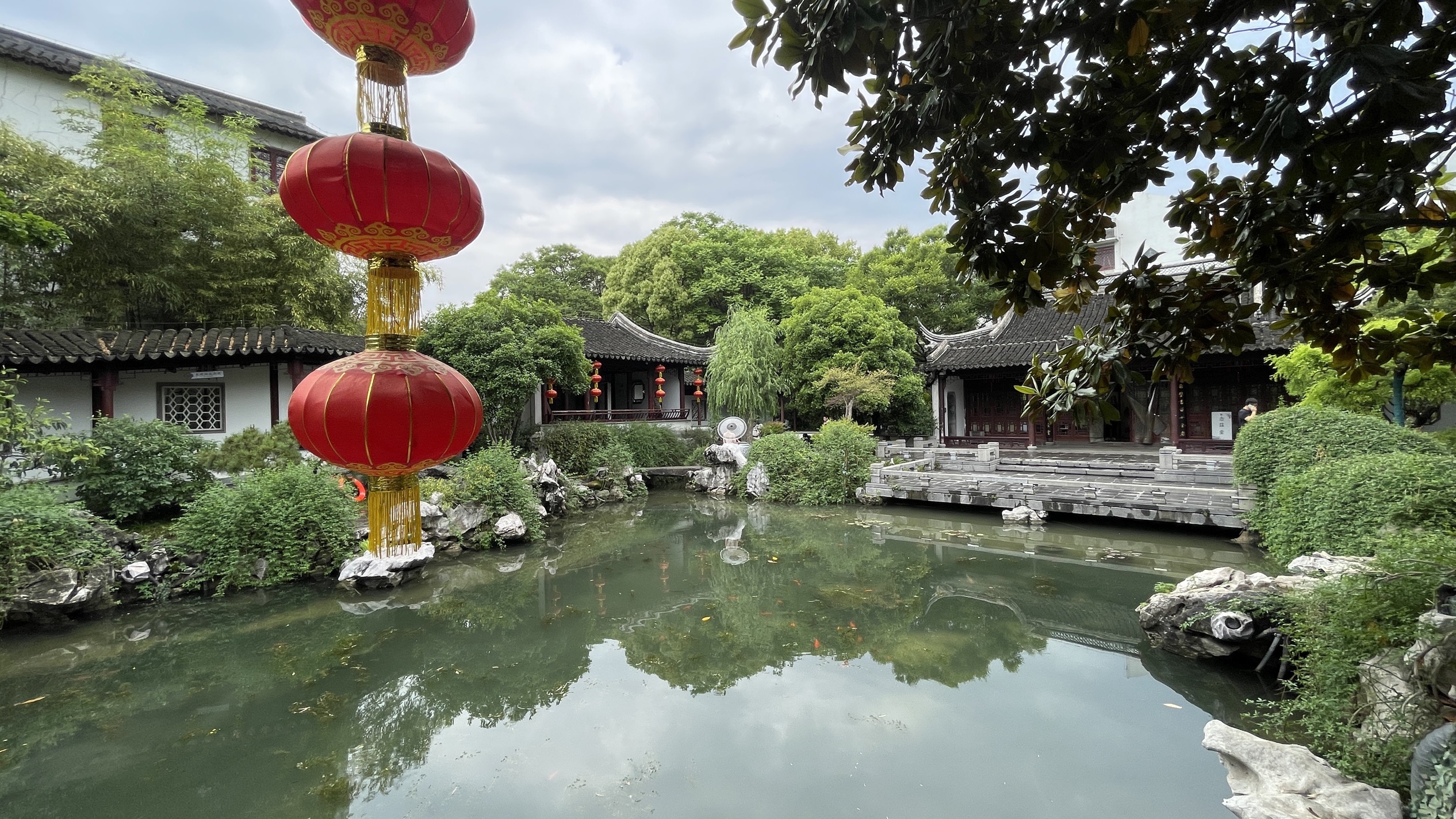
The Confucius Temple Tourist Map
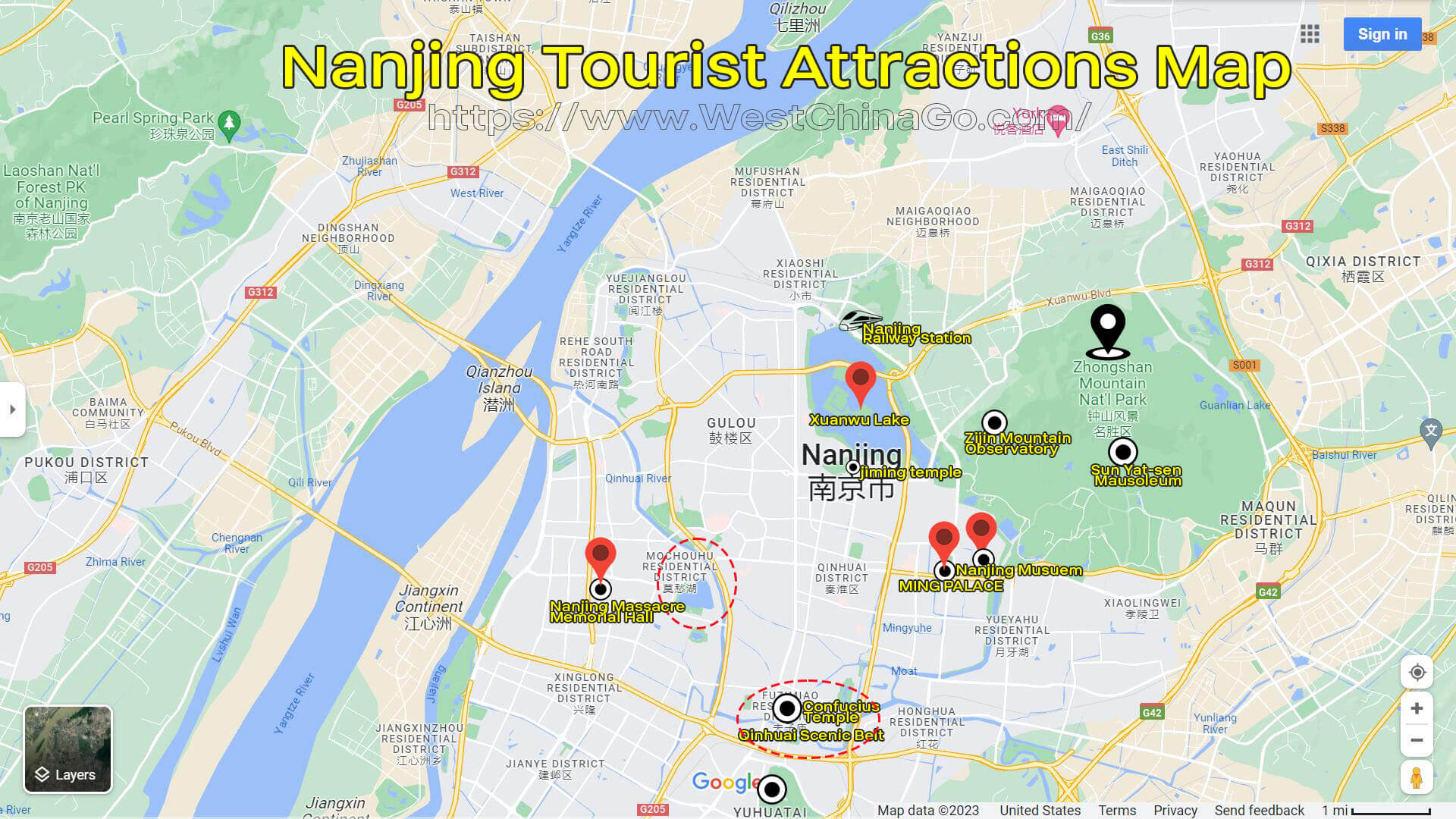
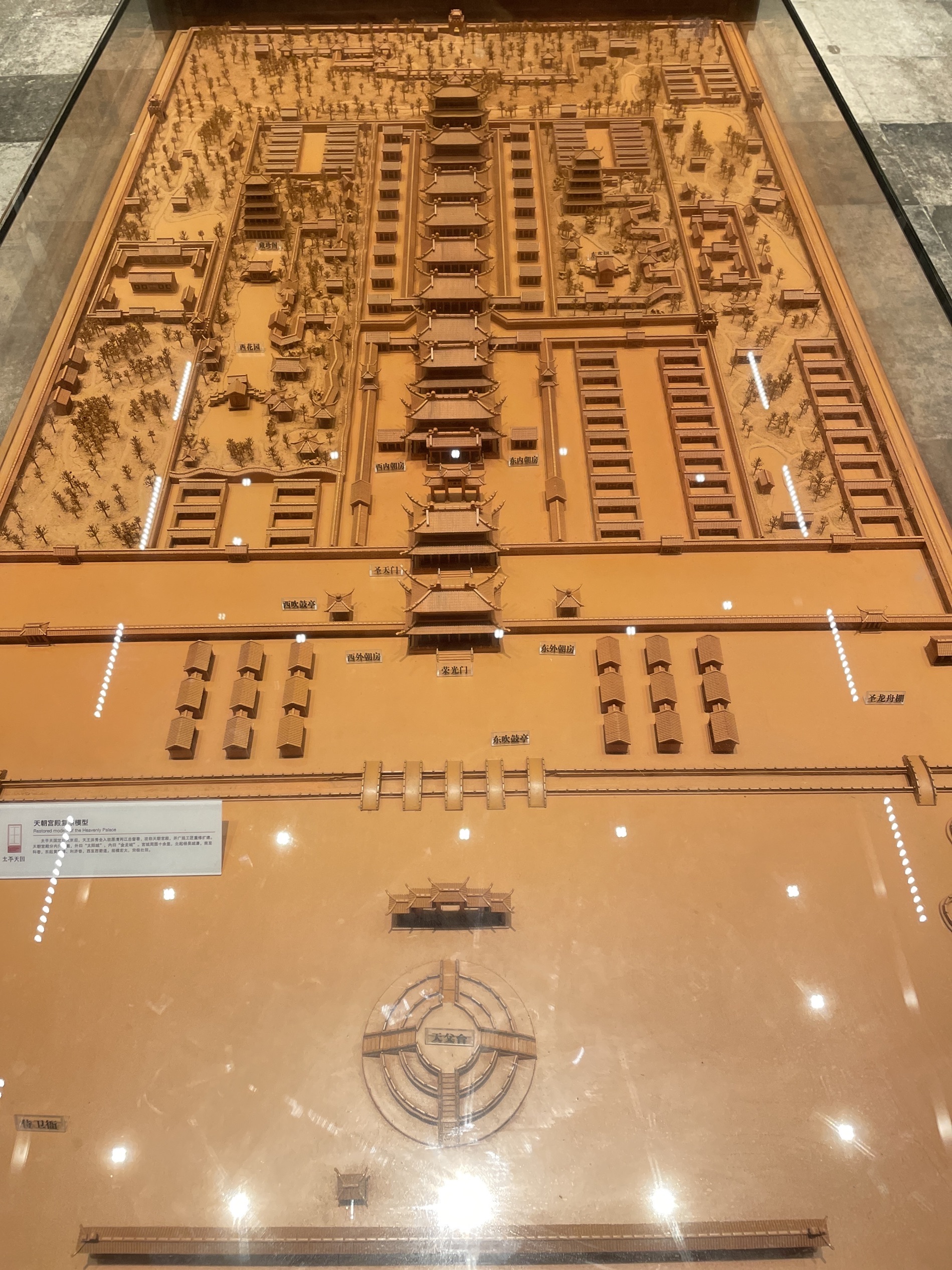
The Confucius Temple Video
The Confucius Temple
